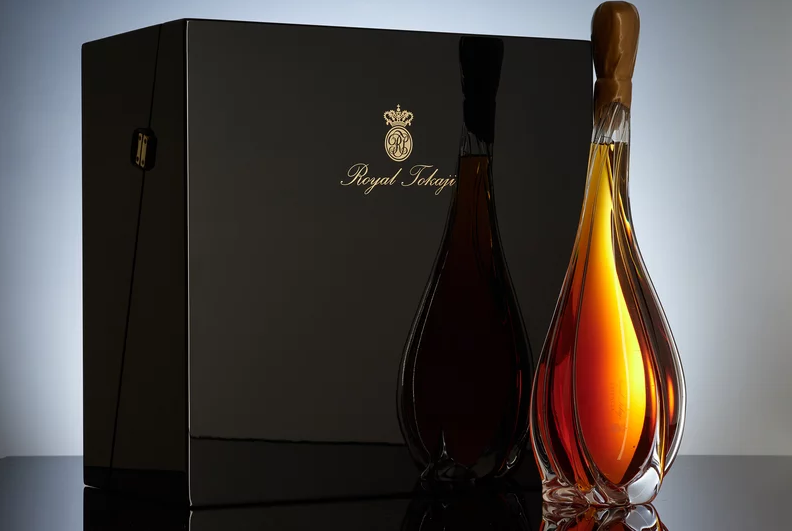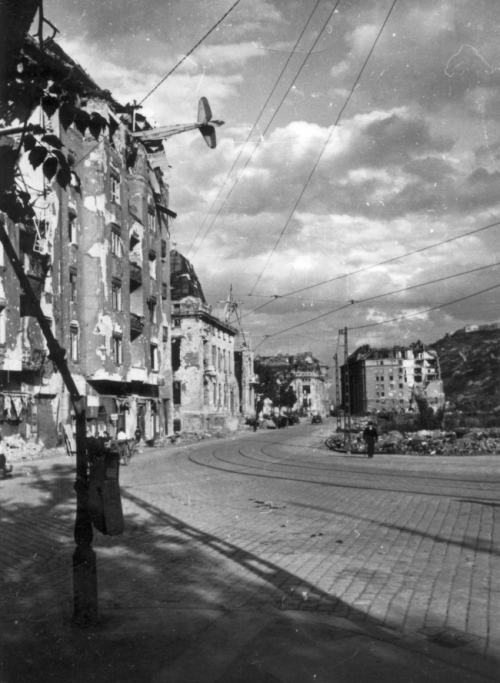Secretly Hungarian: Robert Downey Senior (and Jr.)
zita kisgergely
Much was made in local press when it was recently revealed that Robert Downey Jr., of all people, has a bit of Hungarian blood coursing through his veins, some speculating that this is why he is so capable in the role of a superhero. But the part of the story that is being ignored is that, in being an eighth Hungarian, it also means that one of his parents is a quarter Hungarian. That parent, Robert Downey Sr., also happens to be a highly regarded filmmaker and actor, whose film Putney Swope is a cult classic.
The secretly Hungarian director has had a long career in and out of Hollywood. After getting his start in self-funded, low-budget film-making, Downey Sr., broke into big budget film making with the widely praised Greaser’s Palace in 1972. Coming up during Hollywood’s golden ‘auteur’ era, the director was highly regarded as an artist with a singular vision.
He continued from his strong debut to make the screwball comedy Up the Academy. But it’s his non Hollywood efforts that he will be remembered for. Putney Swope, released in 1969, is considered one of the great absurdist cult films of all time. About an African-American ad executive, it satirizes consumer culture, white power, and corporate America. It is one of the few indie films selected by the National Film Registry and Library of Congress for preservation in the national collection.
Also importantly, it was Downey Sr., who gave Robert Downey, Jr. his first chance at acting. This came in the indie film Pound when Downey Jr. was just five years old. It is an interesting debut, in that Robert Downey Jr. was required to play a puppy.
The director hasn’t shied away from work in front of the camera either. Most notably he has had roles in To Live and Die in LA, Magnolia, Boogie Nights, and Johnny Be Good. Magnolia director Paul Thomas Anderson cites the senior Downey as an inspiration for his style of film-making.
Sadly there is no evidence that either Downey has taken the time to return to Hungary and investigate their roots here, or make a film. But with so much film production taking place in Budapest and Hungary, it will be no surprise if at least Robert Downey Jr. makes his way to our city at some point. Until then, enjoy Robert Downey Sr directing his son in Pound.
Flatpack Films has many years of experience dedicated to offering expert servicing. It has brought the best of Hungary to countless brands, agencies, and production companies through its unique locations, exceptionally skilled crews, top of the line equipment and technical solutions. Backed by an impeccable track record, Flatpack Films has worked with world-class clients including Samsung, Samsonite, Toyota, Braun, Chivas Regal and many more - bringing their projects to life through a highly bespoke approach





















































